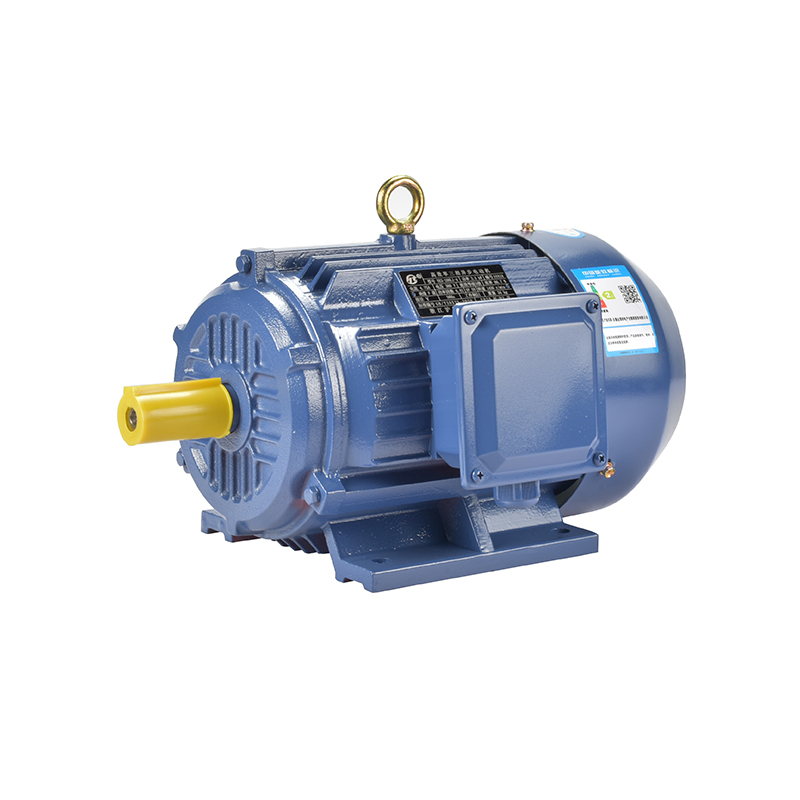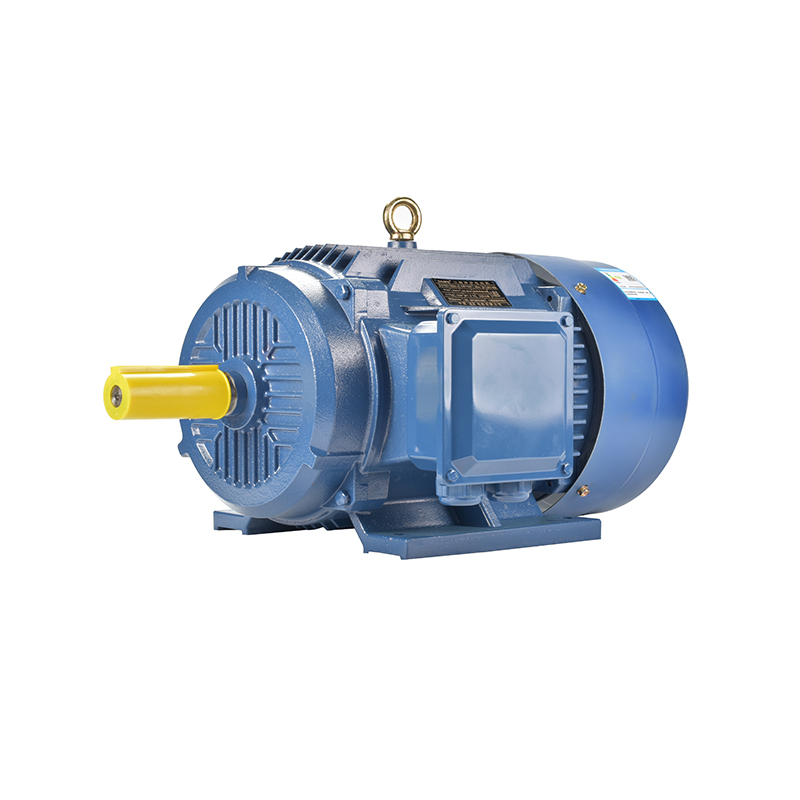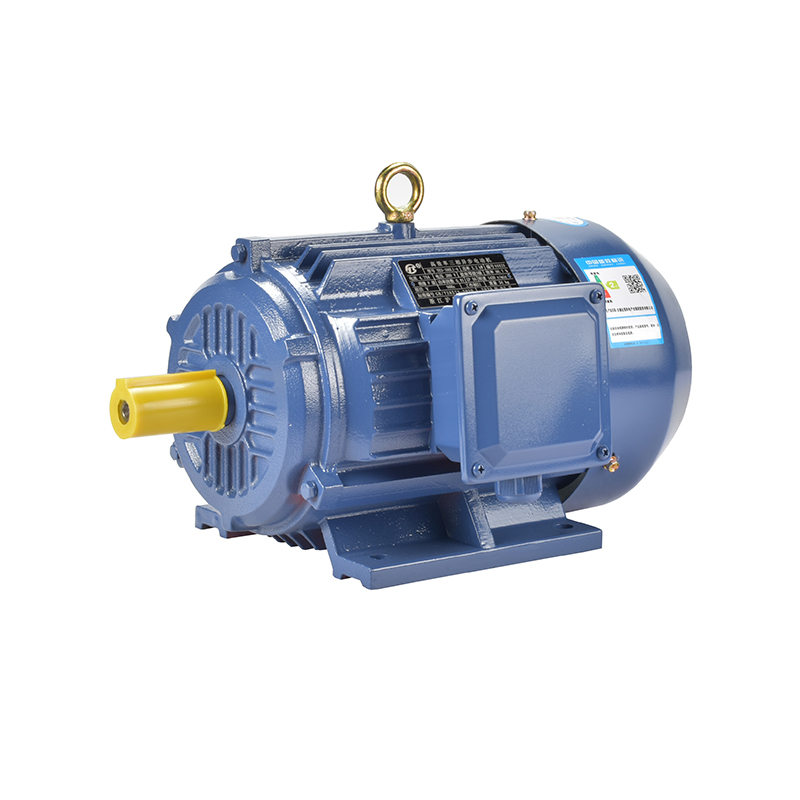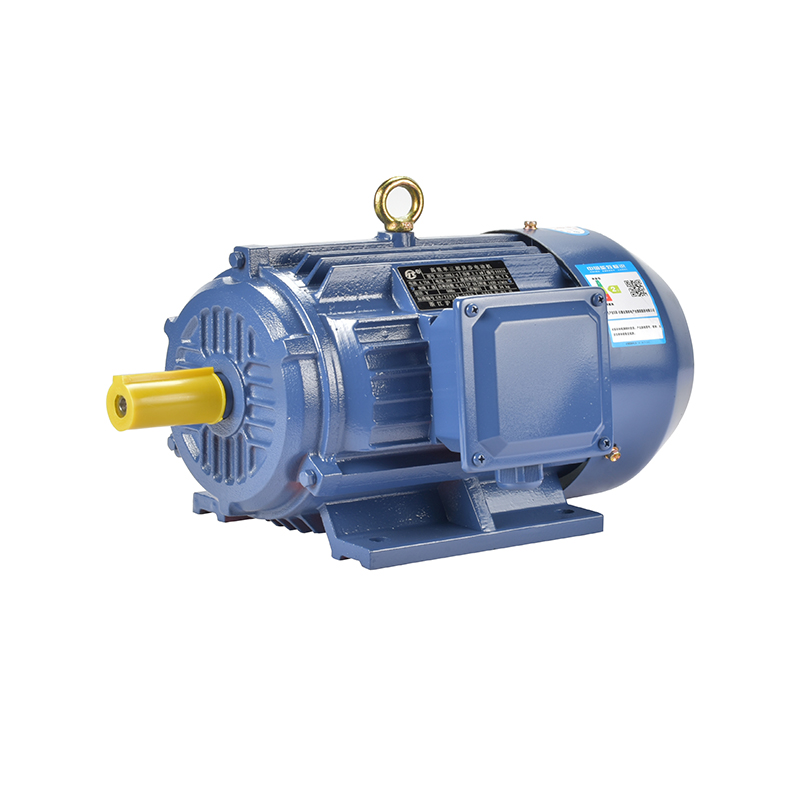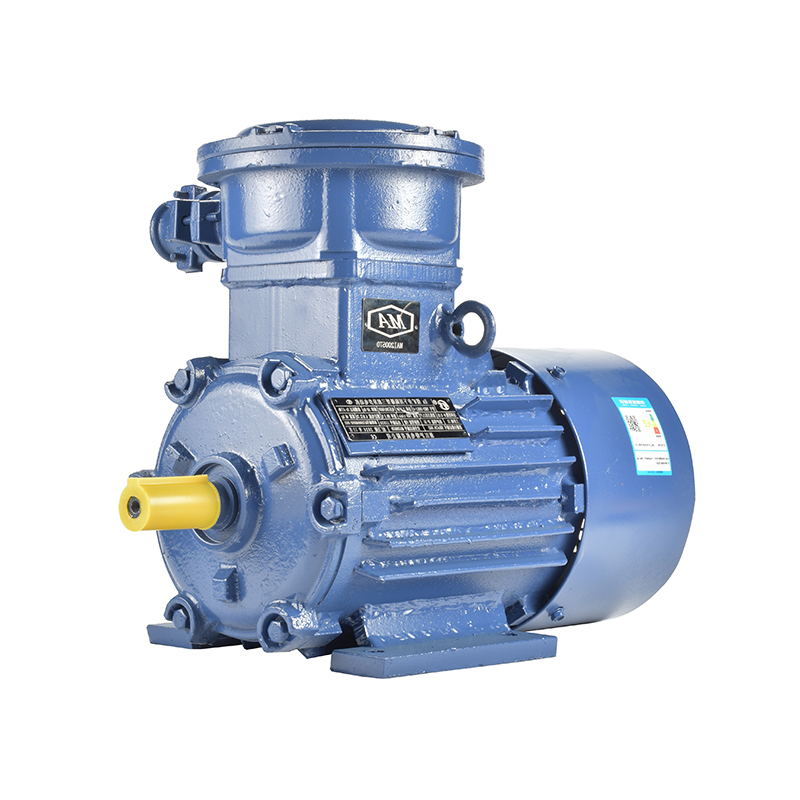Starting of three-phase asynchronous motors
1. Direct starting
However, the current of a three-phase asynchronous motor can reach 6-7 times the rated current when starting directly, which has a big impact on the power grid, especially for high-power motors.
2. Frequency-sensitive resistance starting
Frequency-sensitive resistance starting refers to connecting frequency-sensitive resistance in series in the main circuit when the motor starts so as to reduce the starting current. Frequency-sensitive resistance can change the starting current smoothly; the impact on the power grid is small, and it is a more ideal way to start. However, high-power frequency-sensitive resistors are used in the form of inductance, so in use will produce a large electromagnetic eddy current, which will reduce the power factor of the grid.
3. reduced voltage starting
Reduced-voltage starting mainly has hot auto-root voltage reduction starting and star-delta voltage reduction starting.

Hot self-coupled voltage reduction starting refers to the self-coupled transformer to reduce the motor voltage during starting and, at the same time, reduce the starting current. Generally, it is reduced to about 55%-75% of the rated voltage. The advantage is that the starting voltage can be easily changed by changing the number of taps of the autotransformer. The disadvantage is the need to use the autotransformer; the cost is larger.
Star-delta buck starting refers to a method of changing the starting voltage by changing the wiring of the motor, thus reducing the starting current, which can only be applied to motors whose normal wiring is delta connection. At the time of starting, use the relay method to make the motor wiring for star; at this time, the motor voltage per phase is reduced to one-third of the original root, the motor speed reaches about 80% of the rated speed, and the control relay changes the motor wiring for delta, and the motor starts to run normally. The advantage is that it can save the autotransformer and reduce costs, while the wiring method is simple and has greater reliability. The disadvantage is that it is not possible to change the ratio of the starting voltage, and at the same time, it is not possible to use the motor in the star connection.
Reduced-voltage starting methods are widely used because they balance the need to limit the initial inrush current while still providing sufficient torque for the motor to start effectively. In many industrial applications, such as when using an electro motor 3 phase system, controlling the startup current is essential to prevent disturbances in the power supply and reduce mechanical stress on the motor components.
In recent years, brushless three phase synchronous generators have gained attention due to their efficiency and reliability in various applications. These generators operate with a different principle compared to traditional asynchronous motors, but they share the need for proper startup control, especially when integrated into systems where voltage fluctuations can have significant impacts. While reduced voltage starting is more typical for asynchronous motors, understanding its principles helps when considering how to manage the startup of industrial 3 phase motor setups.
One advantage of reduced voltage starting is that it can help extend the life of the motor by reducing the thermal and mechanical stress during startup. The hot autotransformer method, despite its higher cost, offers flexibility in voltage adjustment, which can be useful when different starting conditions are required. On the other hand, star-delta starting is appreciated for its simplicity and lower initial investment, making it a common choice in many industrial environments.
When selecting a starting method for an electric motor three-phase system, it is important to consider the motor size, application requirements, and the characteristics of the power grid. Motors in heavy-duty applications, such as pumps, compressors, or conveyor systems, may benefit from reduced voltage starting to ensure smoother operation and fewer voltage dips.
In summary, while direct starting is straightforward, its high starting current can negatively affect the power network and motor life. Frequency-sensitive resistance and reduced voltage methods, including hot autotransformer and star-delta starting, provide practical alternatives. These methods help manage the starting current in industrial 3 phase motor installations and also relate to considerations when working with brushless three-phase synchronous generators, which continue to grow in industrial significance.
-
Feedback



 English
English русский
русский Español
Español عربى
عربى

